"Ghost schools" or "visa factories" do not provide real courses, but only facilitate international students to come to Australia under the guise of studying abroad to work and have existed for many years, causing great trouble for Australia's vocationaleducation industry.
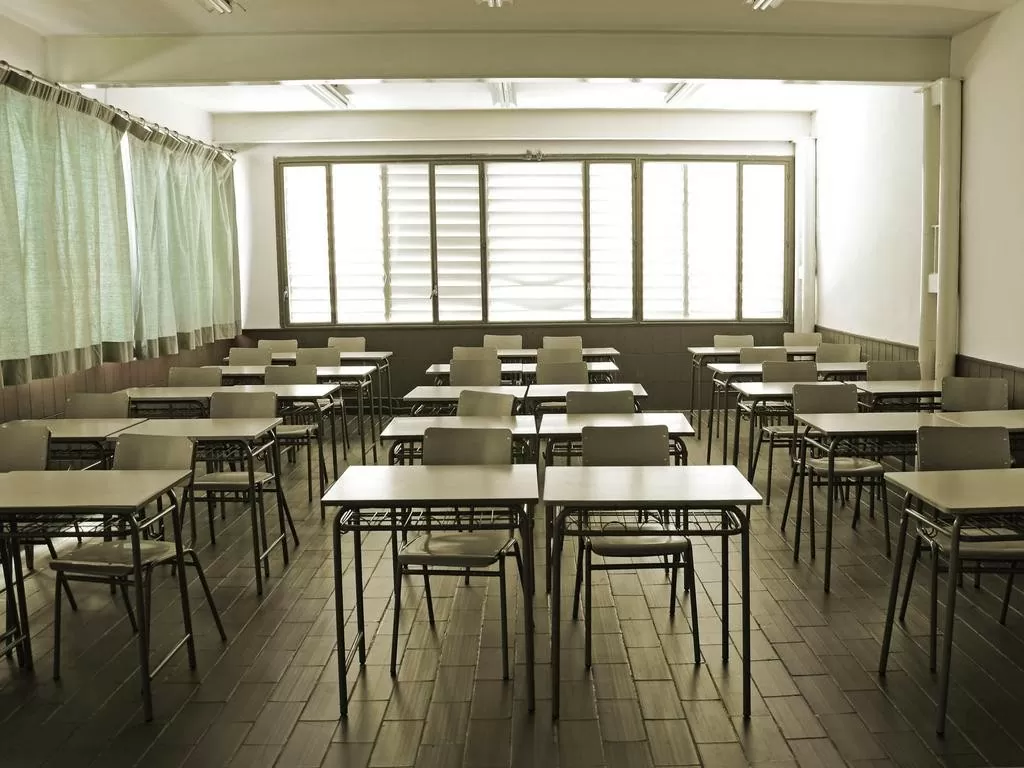 |
| The Australian government is cracking down on "ghost schools". (Source: iStock) |
"Ghost school" - a way to circumvent visa laws
In August, the Australian government announced the closure of about 150 "ghost schools" and warned 140 others, while launching a strong campaign to deal with fraudulent practices in the vocational education sector.
According to India’s The Tribune , many students spent thousands of dollars to enroll in these schools. Some of the 150 “ghost schools” that were shut down were linked to or co-owned by fraudulent student visa agents and consultants.
One student said he arrived in Australia two years ago on a student visa and was assured he would not have to attend classes or take exams and could work full-time. "Now I've been told my school has been closed and my agent will cease operations in March after being investigated for a visa scam," he said.
Another student said she and her brother worked in a cafe in Adelaide, Australia, but were asked to return to school in August. "The authorities then closed the school, and we still don't know what to do after paying all the course fees," she said.
A migration agent in India who has sent more than 250 students to Australia over the past four years says he has stopped working after Canada and Australia tightened student visa rules.
"Many private schools in Canada and Australia receive funding from agencies like us. I have told students not to panic and that there will be a solution soon," he said.
Another agent asserted that the students knew well that admission was just a formality and that they were going abroad to work until they got residency, so they were not victims.
Abusing student visas to work illegally
The Nixon Report of March 2023 by the Australian Department of Home Affairs identified abuse of the visa system as a serious problem. Of the 4,000 vocational education providers in Australia, 800 were targeted as high-risk institutions that accept international students.
The former director of research at a “ghost school” with more than 600 students on its roster but none showing up to class has said he was forced to “fake reports” on the absences of students – who came from poor Chinese provinces and were sent to Australia to work on construction sites instead of studying.
"I resigned and reported the incident to the authorities," he said about his decision when he was so frustrated by what he saw at the "ghost school".
"We call these institutions 'ghost schools', because very few students show up to class. I've been in a few schools where teachers are sitting at desks, working on computers, in classrooms with no students in sight," said Menelaos Koumides, CEO of the Australian Academy of Vocational and Trade Education (AAVET).
There have been calls to deport any students found to have enrolled in "ghost schools" but experts have warned that this could have far-reaching consequences, such as prompting international students to apply for asylum or sparking student protests across the country.
Impact on real students and the Australian economy
According to the Australian Department of Education, nearly 970,000 international students enrolled in the country from January to August this year, an increase of 15% compared to the same period in 2019.
Students from China are the largest (22%), followed by India (17%), Nepal (8%), the Philippines (5%) and Vietnam (5%). According to the Australian News , in the country's education system, the growth of the vocational education and training (VET) sector is the highest, reaching 42%.
The Australian government’s visa restrictions are not just aimed at “ghost schools” but also at genuine students. Higher English language requirements, increased visa fees and limits on new international student numbers have left many worried about the future.
Anannyaa Gupta, an Indian student, said that after completing her bachelor’s degree at Monash University in Melbourne in July, she planned to pursue a master’s degree and work in the field of social work, a profession that is in short supply in Australia. However, recent changes have left her and many other students confused.
Education is Australia’s fourth largest export industry, generating billions of dollars each year. International students make up a large proportion of university income.
However, the Australian government is under pressure to reduce immigration to address the housing and living costs crisis, leading to plans to cap new international student intake at 270,000 by 2025, roughly the same as before the pandemic.
While the measures are expected to make the system more sustainable, many argue they could damage Australia's international reputation, cost the economy and discourage international students.
Source

























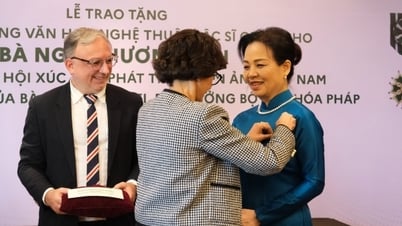
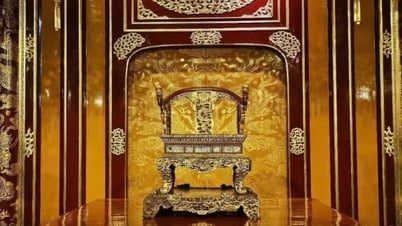
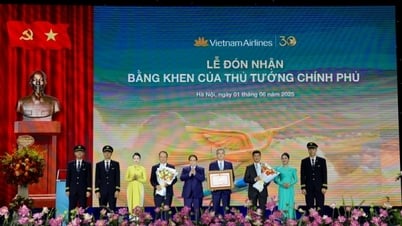
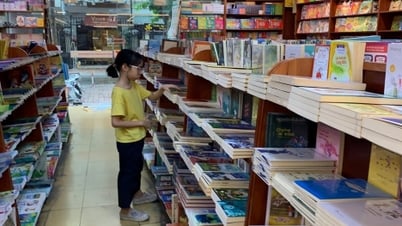










































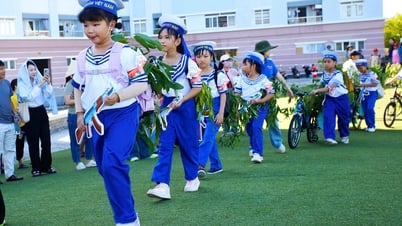


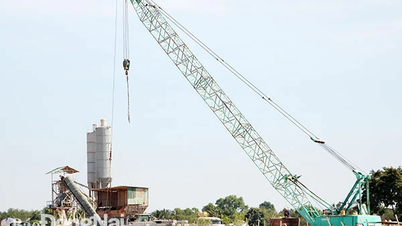

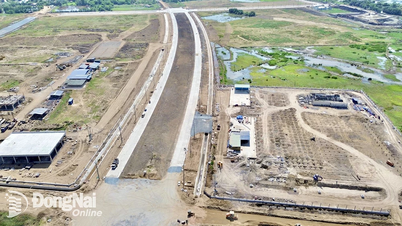
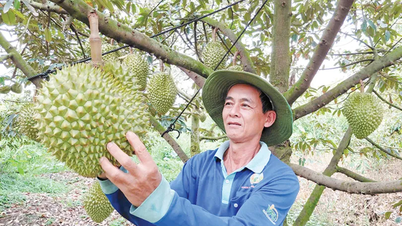

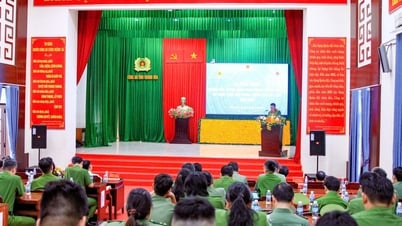











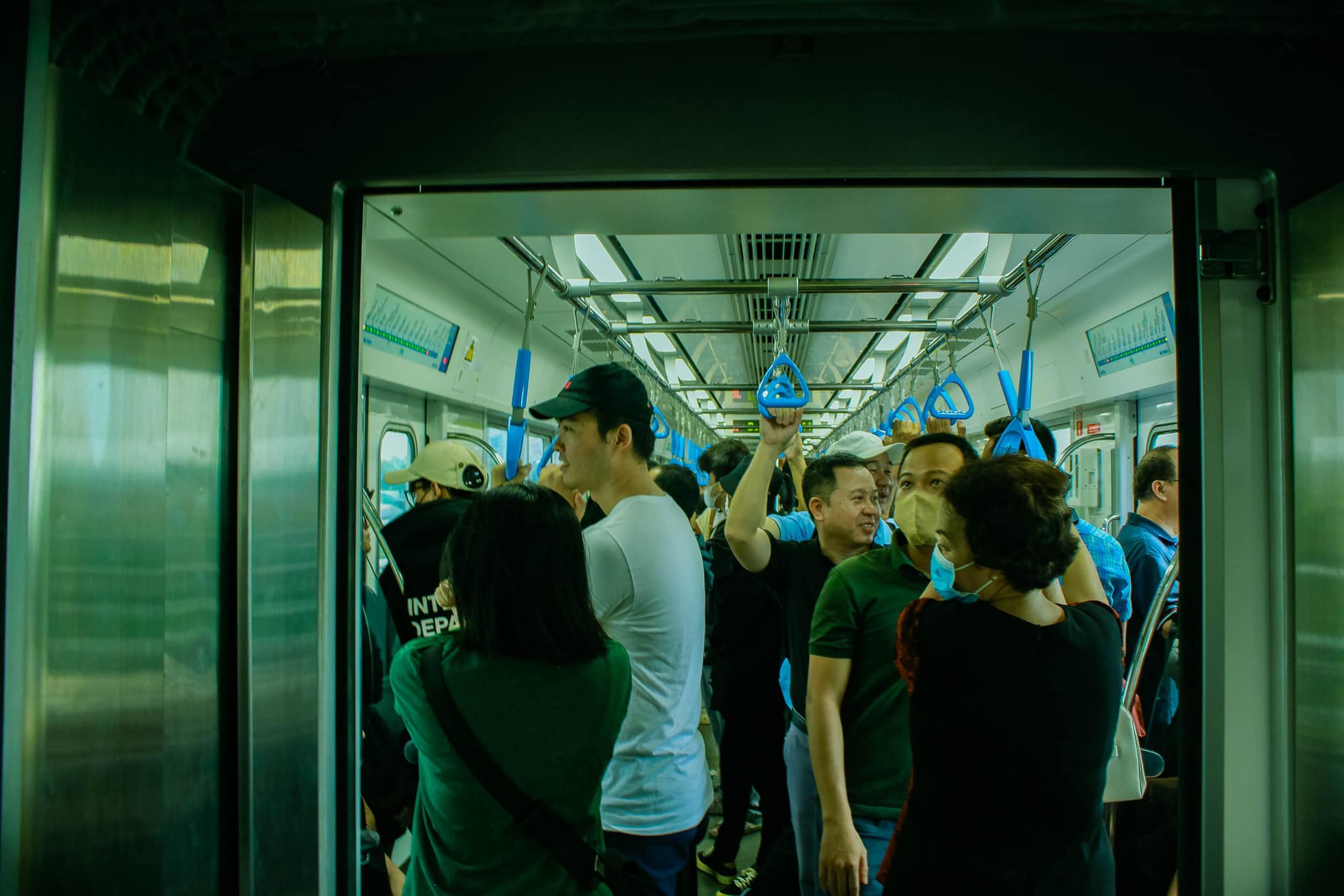



Comment (0)